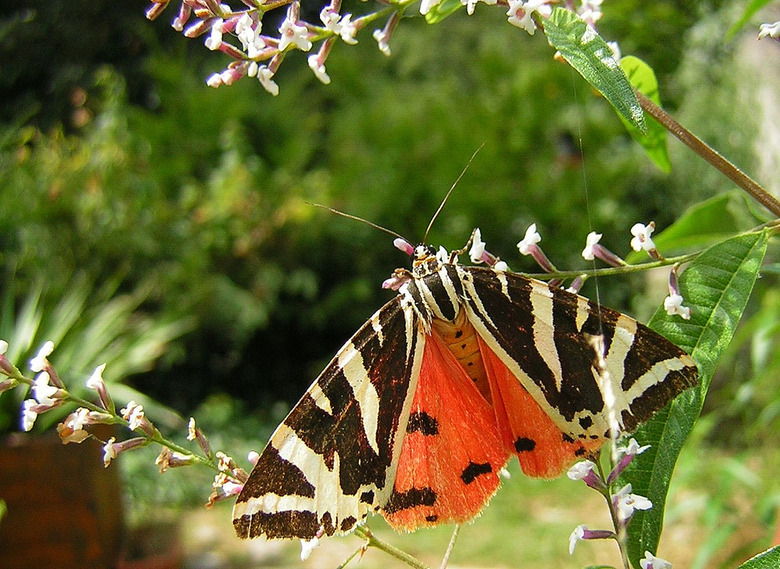How To Plant Citronella
Things Needed
- 4-6 inch clay pot
- Composted potting soil
- Organic compost
The lovely citronella plants are actually members of the geranium family. They're commonly recognized by other names, such as mosquito plant, deodorizer plant, scented geranium, and citronella geranium. The plant's aromatic foliage has the distinctive aroma of citronella grass when rubbed or crushed, although it can't be used for rendering oil. This tender tropical will withstand winter outdoors in Zones 10-11, but must be brought inside well before the first frost in all other zones. Young citronella plants are readily available from nurseries and are occasionally retailed by department store and grocery chains, as well.
Step 1
Transplant your citronella in a good-quality commercial composted potting mix. These plants love nitrogen, so potting soil that contains completely composted organic matter is necessary. Choose a 4- to 6-inch clay pot one size larger than the plant's current growing container. Clay is best because it will breathe, and facilitates the best drainage.
- The lovely citronella plants are actually members of the geranium family.
- The plant's aromatic foliage has the distinctive aroma of citronella grass when rubbed or crushed, although it can't be used for rendering oil.
Step 2
Position the citronella plant in the pot so that it will remain at the same depth it occupied in the growing container. Firm soil around the rootball gently to secure the plant. Water just enough to moisten the soil, but not so much that it's wet or soggy. These plants do not like wet feet.
Step 3
Place the potted plant in the brightest spot you can find outside. It will need at least 6-8 hours of full sun daily. Continue to water just enough to keep the citronella moist, but never wet. It will thrive happily outside as long as frost doesn't threaten.
- Position the citronella plant in the pot so that it will remain at the same depth it occupied in the growing container.
- Water just enough to moisten the soil, but not so much that it's wet or soggy.
Step 4
Dig a hole twice the size of the plant's current container in a well-drained sunny location if you want to enjoy your citronella as a garden specimen. Make sure that it will receive at least 6-8 hours of direct sun each day. Mix 3 parts garden soil with 1 part high-quality organic compost for backfilling the hole.
Step 5
Position the citronella so that it will be at the same depth that it occupies in its current container. Backfill with the soil-compost mixture, gently firming the medium around the plant's rootball.
Step 6
Water thoroughly to moisten the soil evenly. Do not flood the citronella.
- Dig a hole twice the size of the plant's current container in a well-drained sunny location if you want to enjoy your citronella as a garden specimen.
Step 7
Bring potted citronella plants indoors before the first frost is predicted. Dig up garden specimens and pot in appropriately sized clay containers. Place citronellas in the warmest, brightest spot that you can provide with as much sunlight as possible. Water less frequently, as potting soil should be kept just barely moist during the winter months.
